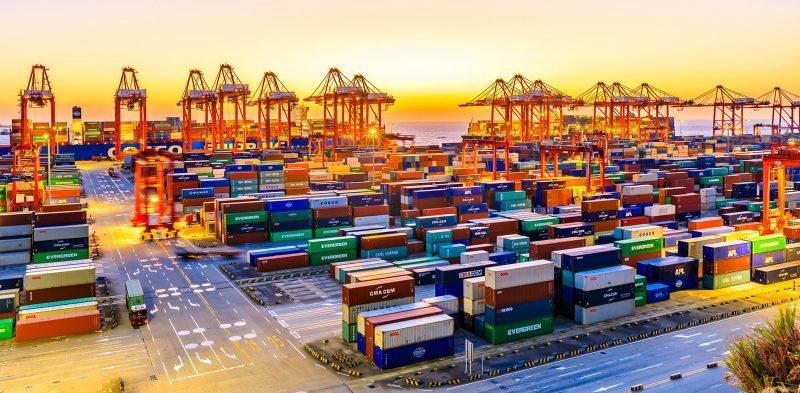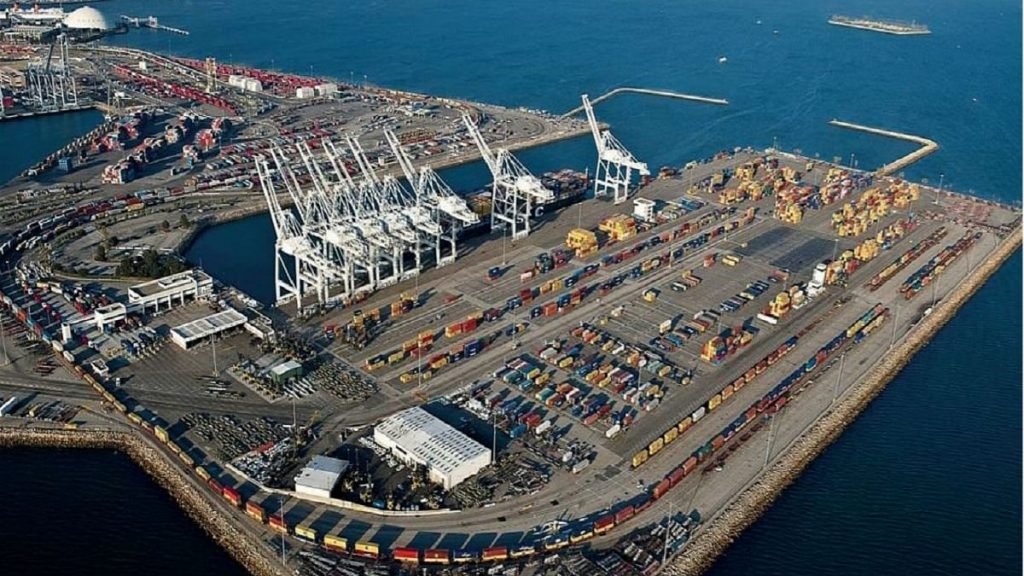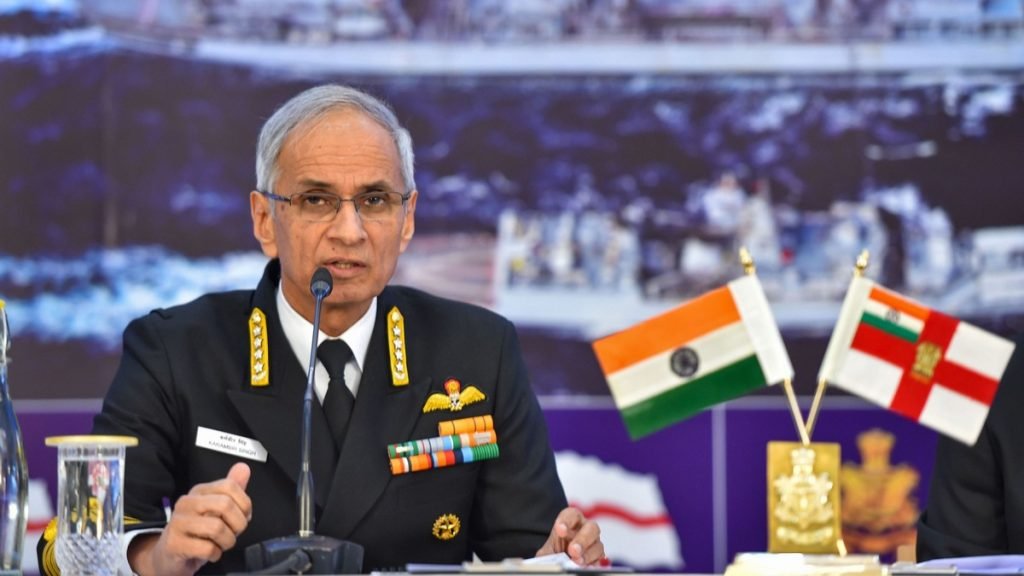India’s diplomatic outreach through the Maritime India Summit 2021

Introduction
The second edition of the Maritime India Summit 2021 was organised by the Ministry of Ports, Shipping and Waterways, Government of India, from 2nd to 4th March 2021. The event puts the spotlight on the ever so crucial maritime sector of the country. From the coasts to the most hinterland of towns, the maritime sector fuels trade and transport across regions but remains distant from the immediate consciousness of both the lay public and the government alike. In this regard, the mega event was critical on two levels. Unmistakably the event put focus on attracting industry attention and thereby soliciting investments from the private giants in the maritime industry to invest in India’s growing maritime sector. The event, organised in a hybrid setup of both online and face to face interactions, saw the participation of industry leaders, shipping companies, shipyards and other relevant maritime stakeholders, as well as the maritime bureaucracy of the coastal states.
However, apart from the focus on market expansion, there was also an indistinct impetus on diplomatic signalling by deciding to commemorate “Chabahar Day” on March 4, i.e., the final day of the event. The ministerial meeting was attended by Ministers from the Islamic Republic of Afghanistan, the Republic of Armenia, the Islamic Republic of Iran, the Republic of Kazakhstan, the Russian Federation and the Republic of Uzbekistan. The Indian External Affairs Minister while addressing the opening session did well to highlight the centrality of maritime connectivity in the geo-economics of the Indian Ocean Region (IOR) in current times. His speech was focused on India’s proactive measures in ameliorating the situation of landlocked countries in gaining access to the seas, in this case, the Central Asian countries. This, he mentioned, is being done by enhancing regional connectivity through the construction of multi-modal transportation corridors and port facilities.
Politics of Chabahar
One is compelled to read this event as an attempt of détente or rather a course correction to engage this region proactively, which is oft-neglected on our part and embraced by China. Growing Chinese investments in the Central Asia Region, as well as the Middle Eastern countries, is an established fact. However, the initial ouster of the Indian Railway Construction Company (IRCON) from the Chabahar-Zahedan railway project on allegations of sluggish developments appeared to have

caught our policy makers by surprise. This event must be read in conjunction with leaked drafts of Iran- China military trade partnership that mentioned of huge Chinese investments, to the tune of $400 billion in Iran’s key sectors such as energy and infrastructure. However, months later, Iran solicited Indian involvement while rolling out the second phase of the project. Mired in US sanctions, the growing Iran-China proximity is typical of Chinese geopolitics in the entire Indian Ocean region. How far this “Chabahar Day” along with two webinars on (i) Development of Port Infrastructure: Unleashing Opportunities and (ii) Boosting Business through Trade Promotion and Regional Connectivity actually materialises in actually expediting business on the ground, only time will tell.
Maritime Connectivity and Maritime security in the IOR
Just a month ago, on the side-lines of Aero India 2021, India hosted an Indian Ocean Region Defence Ministers’ Conclave and an IOR theme-based Seminar. While speaking at the event India’s Minister of Defence Rajnath Singh categorically highlighted the political, strategic and economic logic for IOR to be the region of the future. On China’s part, the cognition of this very fact has come early and thus prompted the country to increasingly solicit economic and strategic involvement with the littoral countries. The intention here is not to go into the details but the fact remains that in the face of Chinese connectivity projects, Indian infrastructure projects have not picked up as much pace. The Kaladan Multi-Modal Transit Transport Project is still awaiting completion. Sri Lanka is also reluctant to go forward with India and Japan’s collaboration in developing the East Container Terminal (ECT) and wishes to offer the West Container Terminal instead.
Even though India’s performance in hard maritime connectivity projects is contentious, the case isn’t the same when it comes to enabling and advancing maritime security in this sub-region. Things look much positive in this regard. The recently revived India-Maldives and Sri Lanka NSA level trilateral maritime security meetings for cooperation at the operations level is a testament to the same. So far, there have been several iterations of the trilateral meetings at the NSA-level.

The first, hosted by the Maldives, was held in Male in 2011, following which Sri Lanka hosted the second edition. The third was held in New Delhi in 2014, which was attended also by Mauritius and Seychelles as “guest countries.” Strategically also, these two nations are at the epicentre of a new great game. Currently, with regime change in both the countries and new government coming to power in Sri Lanka in 2019 and Maldives in 2018, it seems to be a favourable time for India to engage constructively.
Apart from extending the coastal surveillance radar system to these countries, India is extending the same to Myanmar and Thailand. Another important development is the launch of the first of its kind Mercantile Maritime Domain Awareness Centre (MMDAC) named Sagarmanthan in Mumbai. While Sri Lanka and the Maldives have already agreed to participate in the initiatives under the MMDAC, there is a huge potential to extend it to other Indian Ocean countries.
Conclusion
India has also taken up the lead country status in the Maritime Security pillar of the broad-based Indo-Pacific Ocean’s Initiative (IPOI). Playing to her strength, it is suggested that the maritime bureaucracy and foreign policy establishment of the country proactively engages in enhancing the cumulative maritime security capacity of the whole region.


















